If you’re looking to grow your business and connect with your audience, understanding marketing tactics is a must. These tactics are the tools and techniques that help bring your marketing plans to life. In this post, we’ll break down 12 popular marketing tactics, explain how they work, and show you examples to inspire your own. By the end, you’ll have a clearer idea of which ones are the best fit for your business—and how a marketing strategist can guide you along the way.
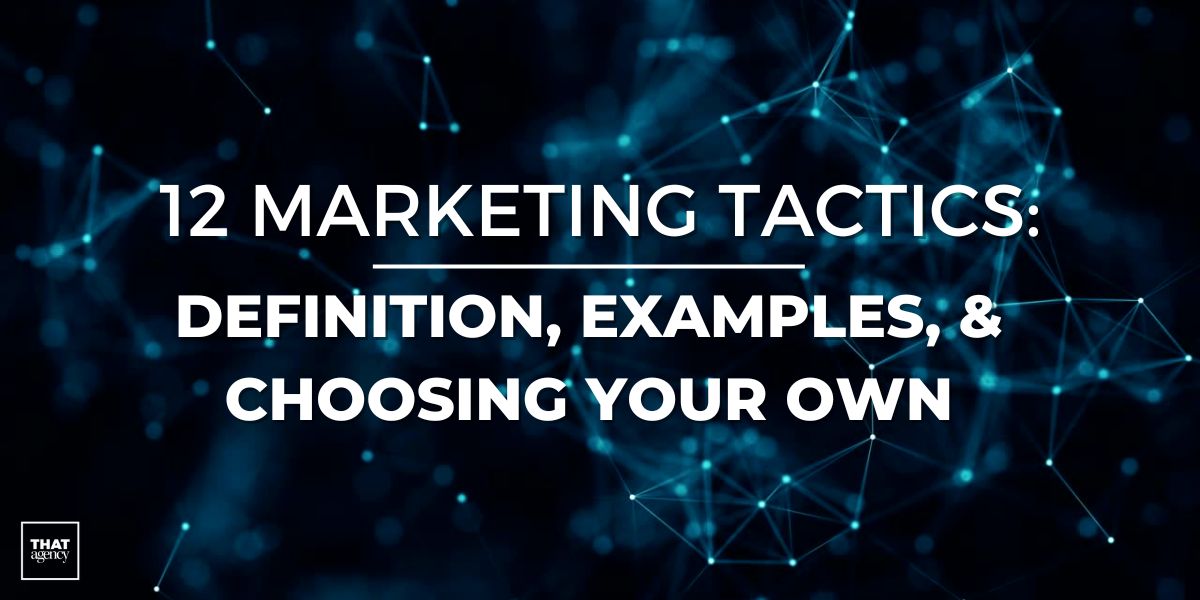
What Are Marketing Tactics?
Think of marketing tactics as the steps you take to achieve your business goals. While your overall strategy is the big-picture plan, tactics are the specific actions that make it happen. For example, if your strategy is to increase brand awareness, your tactics could include running social media ads or writing blog posts about your industry. They’re all about turning ideas into results.
1. Search Engine Optimization (SEO)
What It Is
SEO, or Search Engine Optimization, is the process of improving your website so that it shows up higher in search engine results. This involves using the right keywords, creating useful content, optimizing site speed, and making sure your website is user-friendly.
Example
Imagine a coffee shop wants more people to find them online. They might update their website to include keywords like "best coffee in [city]" or "cozy café near me." They also keep their Google Business Profile accurate with current hours, photos, and customer reviews.
Why It Works
SEO ensures your business is visible to people searching for services or products like yours. It drives organic (free) traffic to your site, which is one of the most cost-effective ways to grow your online presence.
Questions Answered
- How long does SEO take? SEO is a long-term strategy. While some changes may show results in a few weeks, most efforts take 3–6 months or more to see significant improvements.
- Do I need to hire an expert? Not necessarily, but a professional SEO service can speed up results and help avoid mistakes.
2. Pay-Per-Click (PPC) Advertising
What It Is
PPC advertising is a paid marketing method where your ads show up at the top of search engine results or on social media. You only pay when someone clicks on your ad.
Example
A clothing store wants to sell winter jackets. They create Google Ads targeting the keyword “affordable winter jackets,” ensuring their ad appears when someone searches for this phrase.
Why It Works
PPC offers immediate visibility, especially for competitive keywords. It’s a great option when you need quick results or want to test how effective your product or service is in the market.
Questions Answered
- Is PPC expensive? It depends on your budget. You can control costs by setting daily limits and only paying for clicks.
- What platforms are best for PPC? Google Ads and Facebook Ads are the most popular. However, platforms like LinkedIn or TikTok may be better depending on your audience.
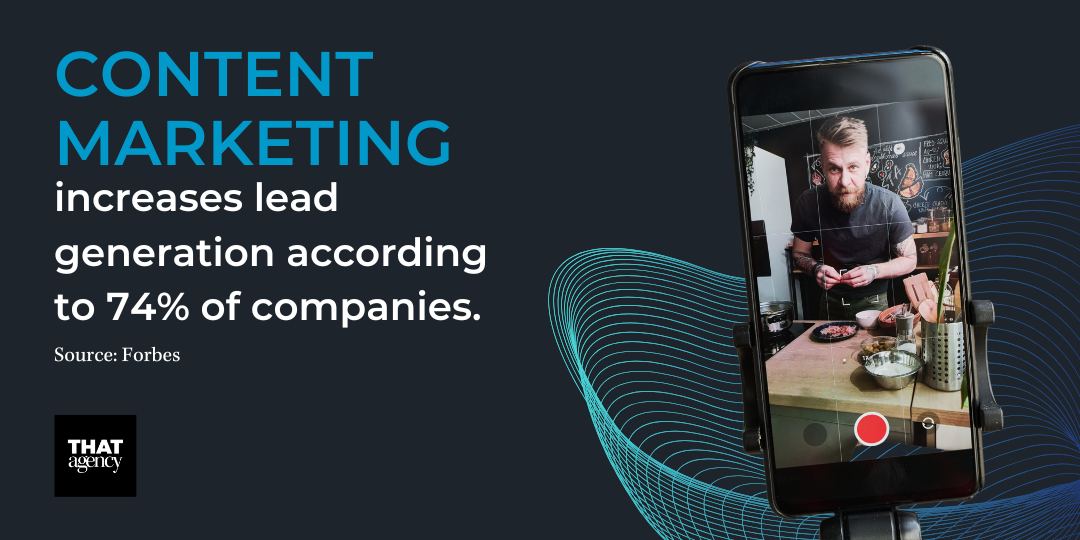
3. Content Marketing
What It Is
Content marketing is all about creating and sharing valuable content—like blog posts, videos, or guides—that your audience finds helpful. The goal is to educate, entertain, or inspire your audience while building trust in your brand.
Example
A home improvement company writes a blog post called “5 Simple DIY Projects for Beginners.” This not only helps potential customers but also positions the company as a trusted resource for home improvement advice.
Why It Works
When you consistently provide valuable content, people are more likely to trust your business and turn to you when they need help. It’s also great for SEO because search engines love fresh, high-quality content.
Questions Answered
- How often should I post content? Consistency matters more than frequency. Start with one or two high-quality posts per month and grow from there.
- What type of content works best? That depends on your audience. Blog posts, videos, and infographics are popular, but testing different formats can help you find what resonates most.
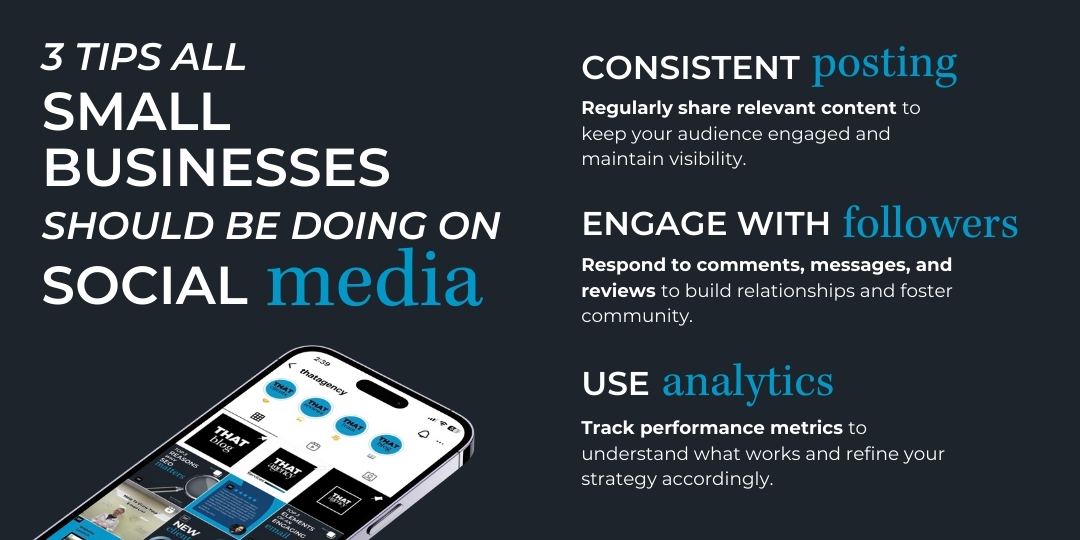
4. Social Media Marketing
What It Is
This tactic involves using platforms like Instagram, Facebook, LinkedIn, and TikTok to connect with your audience, promote your products or services, and build brand awareness.
Example
A local gym posts short workout videos on Instagram and creates Instagram Stories with polls asking followers what types of exercises they’d like to see next.
Why It Works
Social media marketing helps you reach a wider audience, engage with your followers, and foster relationships. People are more likely to support brands they feel connected to.
Questions Answered
- Do I need to be on every platform? No. Focus on platforms where your audience spends their time. For example, Instagram and TikTok work well for younger audiences, while LinkedIn is great for professionals.
- How do I grow my followers? Post consistently, engage with your audience, and use hashtags or trends to increase visibility.
5. Email Marketing
What It Is
Email marketing involves sending messages directly to your audience’s inbox. These could be newsletters, special offers, or personalized recommendations.
Example
An online bookstore sends out a newsletter with “Top 10 Summer Reads” and includes a coupon code for free shipping to encourage purchases.
Why It Works
Email marketing is one of the best ways to stay in touch with your audience and keep them coming back. It’s personal, cost-effective, and drives high ROI (return on investment).
Questions Answered
- What should I include in my emails? Provide value! Share tips, updates, or exclusive offers. Avoid only sending sales messages, as that can annoy subscribers.
- How often should I send emails? Once a week or once a month is a good starting point. The key is to stay consistent without overwhelming your subscribers.
6. Influencer Marketing
What It Is
Influencer marketing involves partnering with individuals who have large, engaged followings online. These influencers share your product or service with their audience, leveraging their credibility and reach to promote your brand.
Example
Imagine a skincare company launches a new moisturizer. They partner with a beauty influencer who posts a detailed review on Instagram, showing how the product works and sharing their personal experience.
Why It Works
- Influencers create a sense of trust and relatability. Their followers often view their recommendations as genuine and personal.
- It helps you reach niche audiences that traditional advertising might not target.
- Influencers’ content (like reviews or tutorials) can be repurposed for your own marketing campaigns.
Questions Answered
- How do I choose the right influencer? Look for influencers whose audience aligns with your target customers. Micro-influencers (10,000–50,000 followers) often have highly engaged audiences and can be more cost-effective.
- Is influencer marketing expensive? Costs vary widely. Some influencers charge thousands per post, while others may work in exchange for free products.
7. Video Marketing
What It Is
Video marketing involves using videos to communicate your brand message, showcase your products, or connect with your audience. Videos can range from short social media clips to longer tutorials or webinars.
Example
A tech company creates a step-by-step tutorial showing how to set up their latest gadget. The video highlights key features and answers common questions.
Why It Works
- Videos are engaging and easy to consume, making them ideal for grabbing attention quickly.
- They can simplify complex ideas, helping customers understand how your product works.
- Video content performs well on social media and can boost your website’s SEO.
Questions Answered
- Do I need professional equipment? Not necessarily! Many great videos are shot on smartphones. However, good lighting and clear audio are essential.
- What platforms should I use? YouTube, Instagram, TikTok, and Facebook are popular choices. Tailor your content to the platform and its audience.
8. Affiliate Marketing
What It Is
Affiliate marketing is a partnership where individuals or companies promote your products. In return, they earn a commission for every sale made through their referral links.
Example
A fitness brand partners with bloggers who include affiliate links to the brand’s workout gear in their posts. Each time someone buys through the link, the blogger earns a percentage of the sale.
Why It Works
- Affiliates expand your reach by promoting your products to their audiences.
- You only pay for results, making it a low-risk investment.
- Affiliates often have niche audiences, helping you tap into specific markets.
Questions Answered
- How do I find affiliates? Affiliate marketing platforms like ShareASale or CJ Affiliate connect you with potential partners. You can also reach out directly to bloggers or influencers.
- What’s a fair commission rate? Rates vary by industry but typically range from 5% to 30% of the sale.
9. Event Marketing
What It Is
Event marketing involves hosting or participating in events to promote your business, build brand awareness, and engage directly with potential customers. Events can be in-person or virtual.
Example
A nonprofit organization hosts a charity run to raise awareness for their cause. They set up a booth at the event to share information and connect with attendees.
Why It Works
- Events create personal connections, which can leave a lasting impression.
- They give you a chance to demonstrate your products or services in action.
- Events often generate buzz, especially with the help of social media.
Questions Answered
- What types of events should I consider? Options include trade shows, webinars, workshops, or community fundraisers. Choose what aligns with your brand and audience.
- Are events expensive? Costs depend on the event type. Virtual events are typically more affordable, while in-person events require budgeting for venue, materials, and staff.
10. Referral Marketing
What It Is
Referral marketing encourages your current customers to recommend your business to their friends or family. In return, you offer incentives like discounts or free products.
Example
A meal delivery service offers customers a free meal for every friend they refer who signs up. The referred friend also gets a discount on their first order.
Why It Works
- People trust recommendations from people they know, making referrals one of the most effective marketing tactics.
- It rewards loyal customers while bringing in new ones.
- Referral programs are easy to set up and track with the right software.
Questions Answered
- How do I start a referral program? Use tools like ReferralCandy or Talkable to create and manage your program. Clearly communicate the benefits to your customers.
- What incentives should I offer? Discounts, gift cards, or exclusive perks are popular options.
11. Geotargeting
What It Is
Geotargeting uses location data to deliver ads or content to people in specific areas. It’s perfect for businesses that serve local customers.
Example
A pizza restaurant runs Facebook ads promoting a lunch special. The ads only target people within five miles of the restaurant.
Why It Works
- Geotargeting ensures your ads reach people who are most likely to visit your business.
- It’s cost-effective since you’re not wasting ad spend on irrelevant audiences.
- It’s great for local promotions, events, or time-sensitive offers.
Questions Answered
- How do I set up geotargeting? Most ad platforms like Google Ads and Facebook Ads allow you to target by location. You can set specific areas, such as cities, zip codes, or even a radius around your business.
- Does it work for online businesses? Yes! Geotargeting can also help online businesses target specific regions for local promotions or shipping discounts.
12. Retargeting
What It Is
Retargeting shows ads to people who have already visited your website or interacted with your content but didn’t take action, like making a purchase.
Example
A travel company notices a user browsing vacation packages but leaving without booking. They serve that user ads with a special discount for the same package.
Why It Works
- Retargeting keeps your brand top-of-mind for people who are already interested.
- It encourages users to return and complete their purchase or action.
- Retargeting ads are highly personalized, which makes them more effective.
Questions Answered
- How do I set up retargeting? Platforms like Google Ads, Facebook Ads, or specialized tools like AdRoll make it easy to retarget users. You’ll need to add a tracking pixel to your website.
- What’s the difference between retargeting and remarketing? While often used interchangeably, retargeting focuses on ads, while remarketing typically refers to email campaigns targeting past visitors or customers.
What Does a Marketing Strategist Do? (And How They Help You Choose the Right Tactics)
A marketing strategist is a professional who develops and oversees a customized marketing plan to help businesses achieve their goals by analyzing their audience, industry, and resources to determine the most effective tactics. A marketing strategist is your guide to navigating the world of marketing. Their role is to help you figure out which tactics will work best for your business, based on your goals, audience, and budget. Think of them as the architect of your marketing efforts—they create the blueprint, so your campaigns deliver results.
But how does this connect to the 12 marketing tactics we’ve discussed? Let’s explore how a marketing strategist ties everything together and ensures your efforts align with your business objectives.
The Role of a Marketing Strategist in Choosing the Right Tactics
A marketing strategist doesn’t just give you a list of ideas—they take the time to understand your business, market, and audience. From there, they craft a plan that combines the most effective marketing tactics for your unique needs.
Here’s how they do it:
1. Research and Understand Your Business
To recommend the right mix of tactics, a marketing strategist starts by learning about:
- Your target audience: Are they active on social media? Do they prefer email updates or search engines?
- Your industry: What tactics work well for your competitors, and where are the gaps you can fill?
- Your goals: Are you focused on brand awareness, lead generation, or driving sales?
2. Tailor a Plan Around the 12 Marketing Tactics
With a clear understanding of your business, a marketing strategist selects the tactics that make the most sense for your goals. Here’s how they might approach it:
- Search Engine Optimization (SEO): If long-term visibility and organic traffic are your goals, the strategist might prioritize creating keyword-optimized blog posts or updating your website to rank higher on search engines.
- Pay-Per-Click (PPC) Advertising: For immediate results, such as promoting a sale or new product launch, they might recommend running Google Ads or Facebook Ads.
- Content Marketing: If your audience needs education or inspiration, a strategist could develop a plan for blog posts, videos, or downloadable resources that build trust and authority.
- Social Media Marketing: For businesses looking to connect with their audience and build loyalty, the strategist may focus on creating engaging posts, stories, or reels.
- Email Marketing: If nurturing leads or driving repeat purchases is key, a strategist might design a drip campaign with personalized messages.
- Influencer Marketing: For reaching niche audiences, they may recommend partnering with influencers who align with your brand.
- Video Marketing: To capture attention and simplify complex ideas, video tutorials or product demos could become part of the plan.
- Affiliate Marketing: If your goal is to expand reach with minimal upfront costs, the strategist might explore affiliate partnerships.
- Event Marketing: For businesses that thrive on community engagement, they might suggest hosting webinars, trade shows, or local events.
- Referral Marketing: To leverage word-of-mouth, a strategist could create a referral program that rewards your loyal customers for bringing in new ones.
- Geotargeting: If you’re a local business, they’ll recommend targeting ads to specific locations to attract nearby customers.
- Retargeting: To win back potential customers who didn’t convert, they’ll include retargeting ads as part of your plan.
Why You Need a Marketing Strategist for These Tactics
While the 12 marketing tactics are effective, they can also be overwhelming. A marketing strategist simplifies the process by:
- Identifying Priorities: They determine which tactics will deliver the best ROI based on your budget and goals.
- Ensuring Cohesion: Rather than using tactics randomly, they ensure all efforts work together as part of a larger strategy.
- Tracking and Optimizing: A strategist doesn’t stop at planning—they monitor your campaigns and adjust tactics based on performance.
How a Marketing Strategist Helps Tie the Tactics Together
Let’s say you run a boutique fitness studio and want to attract new clients while retaining your existing members. Here’s how a marketing strategist might connect the dots using the 12 tactics:
- SEO: Create blog posts on “Best Workouts for Beginners” or “How to Stay Motivated to Exercise.”
- Social Media: Post client success stories and host live Q&A sessions on Instagram.
- Email Marketing: Send personalized workout tips and special offers to members.
- Geotargeting: Run ads promoting a free trial to people within 10 miles of your studio.
- Retargeting: Show ads to website visitors who didn’t sign up for a class.
By combining these tactics into a single, cohesive plan, the strategist ensures your efforts align with your overall goal: growing your fitness studio.
Common Questions About Marketing Strategists and Tactics
Do I need all 12 tactics at once?
Not at all. A marketing strategist will help you focus on the tactics that make sense for your current goals and scale up as your business grows.
Can I manage these tactics on my own?
It’s possible, but it can be time-consuming and overwhelming. A strategist saves you time by handling the planning and ensuring your tactics work together effectively.
How do I know if a tactic is working?
A strategist will track key performance indicators (KPIs) like website traffic, ad clicks, or email open rates to measure success. If something isn’t performing well, they’ll adjust the strategy.
How to Pick the Right Marketing Tactics for Your Business
Not every tactic will be the right fit for your business, so here are a few tips to help you choose:
- Know Your Goals: Are you trying to get more website visitors, increase sales, or build brand awareness? Your goals will point you in the right direction.
- Understand Your Audience: Think about where your customers spend their time and what kind of content they like.
- Work with What You Have: Consider your budget, team, and tools when planning your tactics.
- Test and Adjust: Start small, track your results, and tweak your approach as needed.
Final Thoughts
Marketing tactics are the building blocks of a successful marketing plan. Whether you’re diving into SEO, social media, or email marketing, each tactic has the potential to grow your business when used effectively. If you’re not sure where to start, a marketing strategist can help you figure out the best path forward.
Ready to take your marketing to the next level? Contact THAT Agency to see how we can help you create a strategy that works for your business!
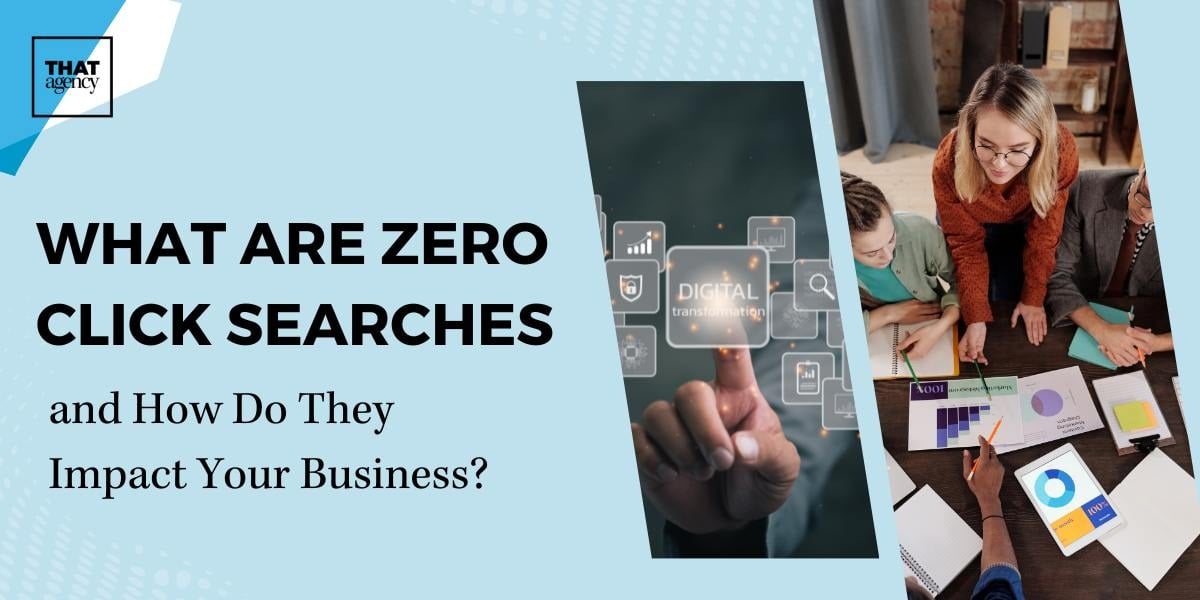
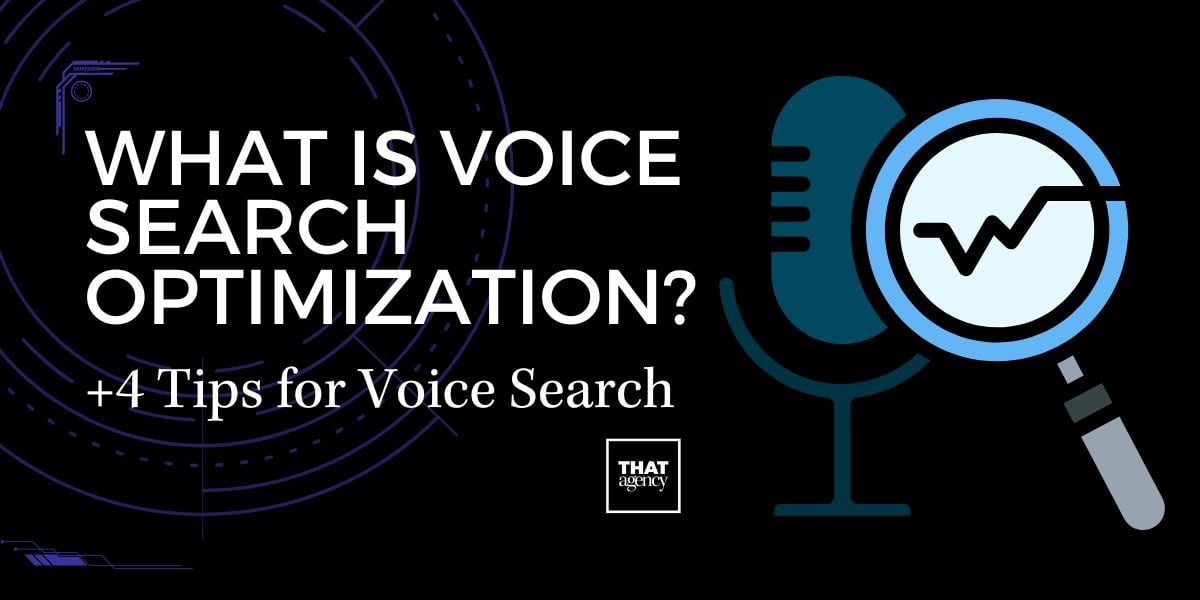
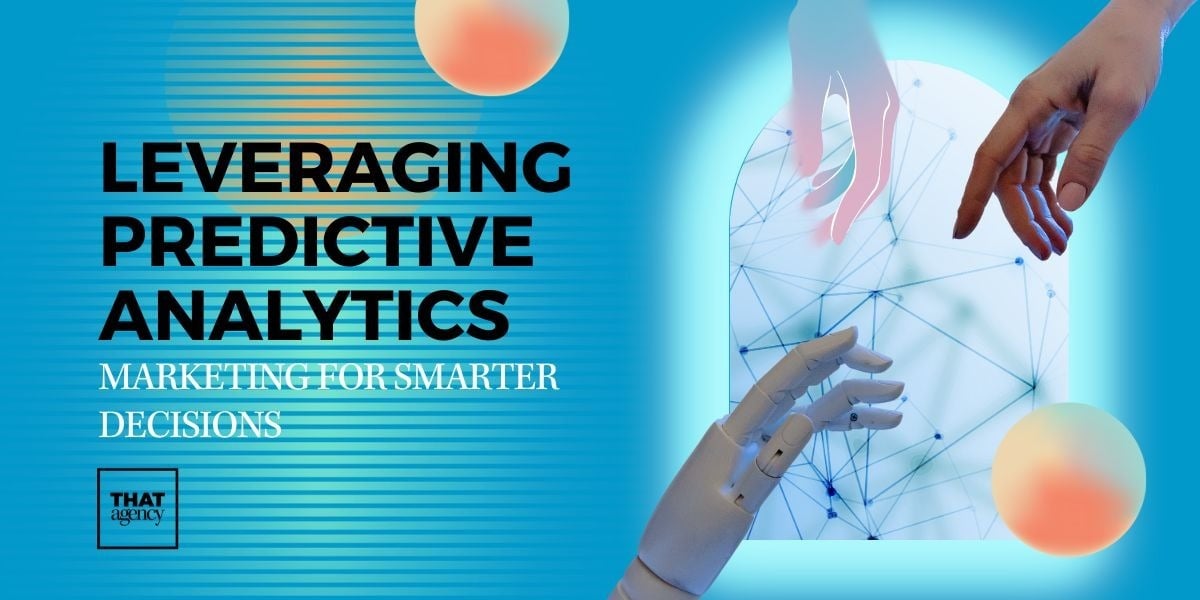
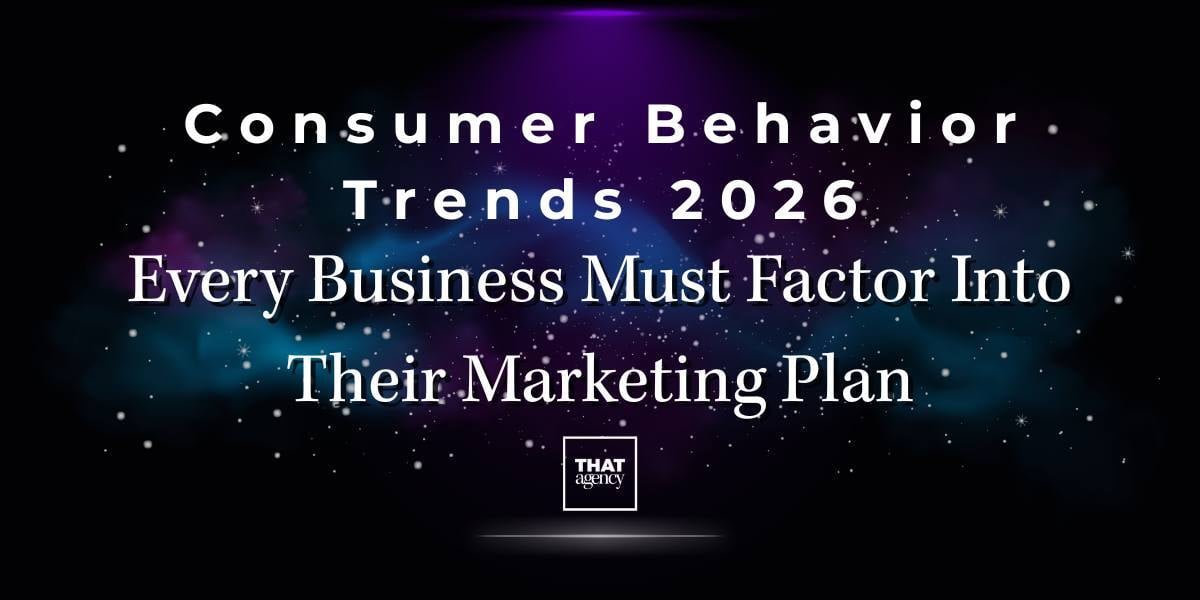
.jpg)